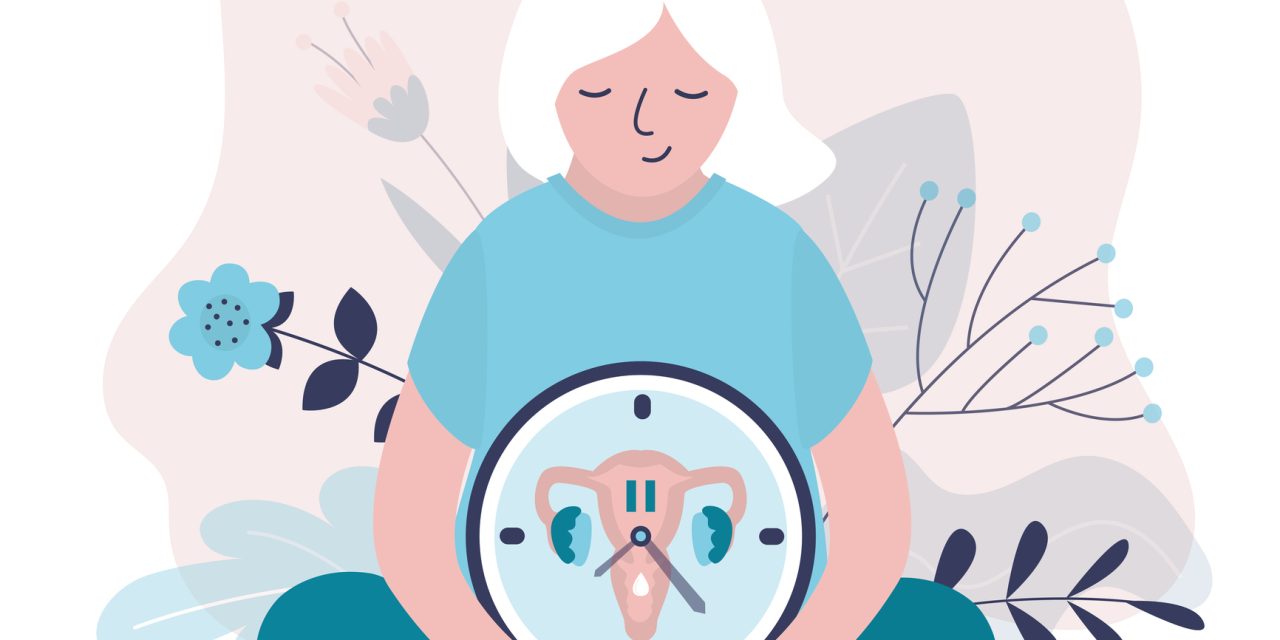By Carolyn Crist
(Reuters Health) – – Women firefighters, particularly in North America, are less likely to have access to female-specific personal protective equipment and appropriate strength training and conditioning support, according to a new study.
In addition, women reported numerous counts of sexism on the job, and others talked about logistical issues such as sanitary conditions and toilet facilities, especially when tackling fires for several hours, researchers wrote in Women’s Health Issues.
“Little research has been undertaken on female firefighters, yet there are clearly some very specific questions that need answering that are often overlooked as the vast majority of staff are male,” said senior study author Alan Richardson of the University of Brighton in Eastbourne, UK.
About six percent of firefighters worldwide are female, he said, and the numbers are increasing. Previous studies have identified high rates of cancer, musculoskeletal injuries, post-traumatic stress disorder and suicide among women firefighters, as well as pregnancy complications.
“Hopefully more and more young girls will see this as a future career path,” he told Reuters Health by email. “However, we need to better understand any potential risks and ensure that specific needs are catered for effectively.”
Richardson’s team surveyed 840 female firefighters from 14 countries, including the UK, U.S., Canada, Australia and mainland Europe, in 2018. They asked about general health and well-being, role-specific health concerns, gender-related issues and available exercise facilities.
Seventy-five percent of female firefighters in the U.S. and Canada said they don’t have access to female-specific personal protective equipment. Although the numbers are better in the UK, about a third of women don’t have a full female kit.
Women firefighters also identified a lack of strength training and conditioning support or lack of gym access. About half said they’d like further support and guidance on fitness and training.
In addition, about 45 percent of North American respondents reported heat illnesses and lower back and limb injuries, double the proportion in the UK and three times higher than in mainland Europe.
“Given these women risk their lives for their communities, the fact that they suffer from these two addressable negative outcomes is unfortunate,” said Christopher Haddock of the National Development and Research Institute in New York. Haddock, who wasn’t involved with this study, has researched women firefighters’ health in the U.S.
“I believe that women firefighters are often pressured to not address their unique concerns for fear of being labeled as a ‘whiner’ or wanting special accommodations,” he told Reuters Health by email. “We should all want to support women firefighters and ensure they have proper training and equipment.”
Nearly 40 percent of women surveyed thought their menstrual cycle and menopause affected work, and 36 percent were concerned about their ability to meet future job demands due to hot flashes, fatigue, changes in bone and muscle strength and embarrassment in a male-dominated environment. Only 16 percent felt confident they could fill the role after age 60.
Firefighters are routinely exposed to traumatic and life-threatening events, and they are generally resilient to the effects of trauma exposure and other occupational stressors due to factors such as camaraderie and a sense of purpose, said Ian Stanley of Florida State University in Tallahassee, Florida, who has studied job stress among women firefighters but wasn’t involved in this study.
Stanley has found that more severe post-traumatic stress disorder symptoms lead to a higher risk of suicide in these women.
“It is important to acknowledge,” he added, “that a nontrivial proportion of firefighters, including women firefighters, experience immense suffering as a result of trauma exposures and other occupation stressors.”
SOURCE: http://bit.ly/2UaejSM Women’s Health Issues, online March 28, 2019.


